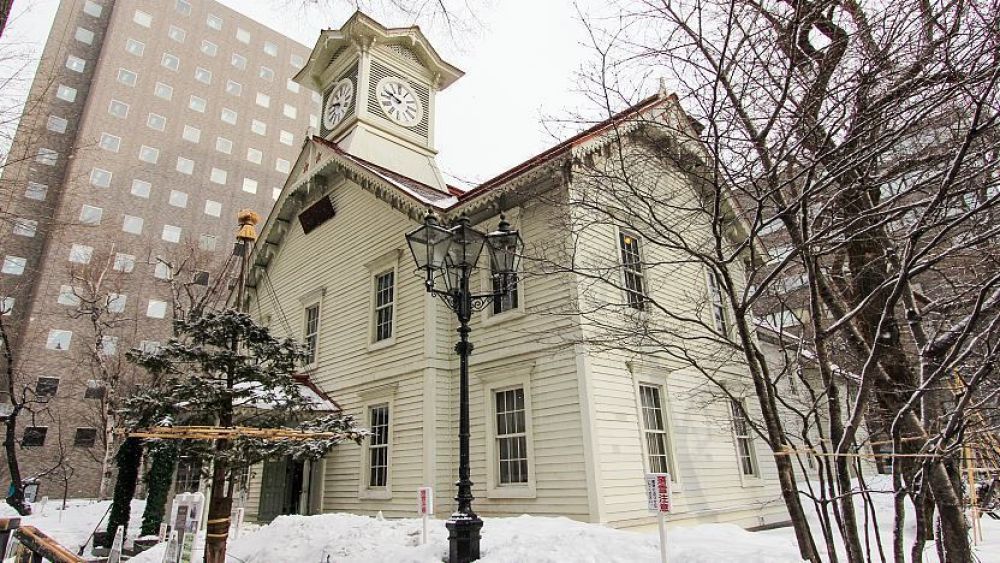

Sapporo Clock Tower stands as one of the most iconic landmarks in Sapporo, the capital city of Hokkaido, Japan. Its charming architecture and the history it carries have made it a lasting symbol in the evolution of Sapporo's tourism industry.
Built in 1878, the Sapporo Clock Tower was originally part of the Sapporo Agricultural College, the predecessor of today's Hokkaido University. It was constructed during the period of rapid modernization in Japan known as the Meiji Restoration. The clock itself was manufactured by Howard & Davis Clockmakers in Boston, USA, and it showcases the American influence on Hokkaido's development during that era.
The tower's historical value and its Western-style architecture quickly made it a tourist attraction as Japan's tourism industry blossomed. Post-World War II, Japan saw an increase in both domestic and international tourism, and landmarks like the Sapporo Clock Tower became integral to the country's burgeoning travel narrative.
The 1972 Winter Olympics in Sapporo was a pivotal moment for tourism in the region. The Olympics showcased Sapporo to the world and highlighted its potential as a winter sports destination. Following the Olympics, interest in Sapporo, including the Sapporo Clock Tower, surged.
In recent years, Sapporo has seen a diversification in tourism trends, focusing on its culinary landscapes, such as the famous Sapporo beer, the annual Sapporo Snow Festival, and its beautiful summer flower fields. The Clock Tower is also benefiting from digital tourism; visitors often capture and share their experiences on social media, contributing to its popularity and accessibility. Moreover, there's a rise in experiential and eco-tourism, with travelers seeking connections with local history and culture.
The Sapporo Clock Tower remains a must-visit destination for those traveling to Sapporo. Its façade is a testament to the past, while the museum inside offers visitors insights into the city's historical journey. Embracing modern trends, the Clock Tower stands not just as a historical monument but as a symbol of Sapporo's resilience and adaptability in the ever-changing landscape of tourism.
Looking ahead, Sapporo is focused on sustainable tourism that preserves its cultural heritage while accommodating the evolving desires of tourists. Investments in infrastructure and the promotion of year-round tourism activities are likely to ensure that landmarks like Sapporo Clock Tower continue to play a significant role in attracting visitors to this dynamic city.